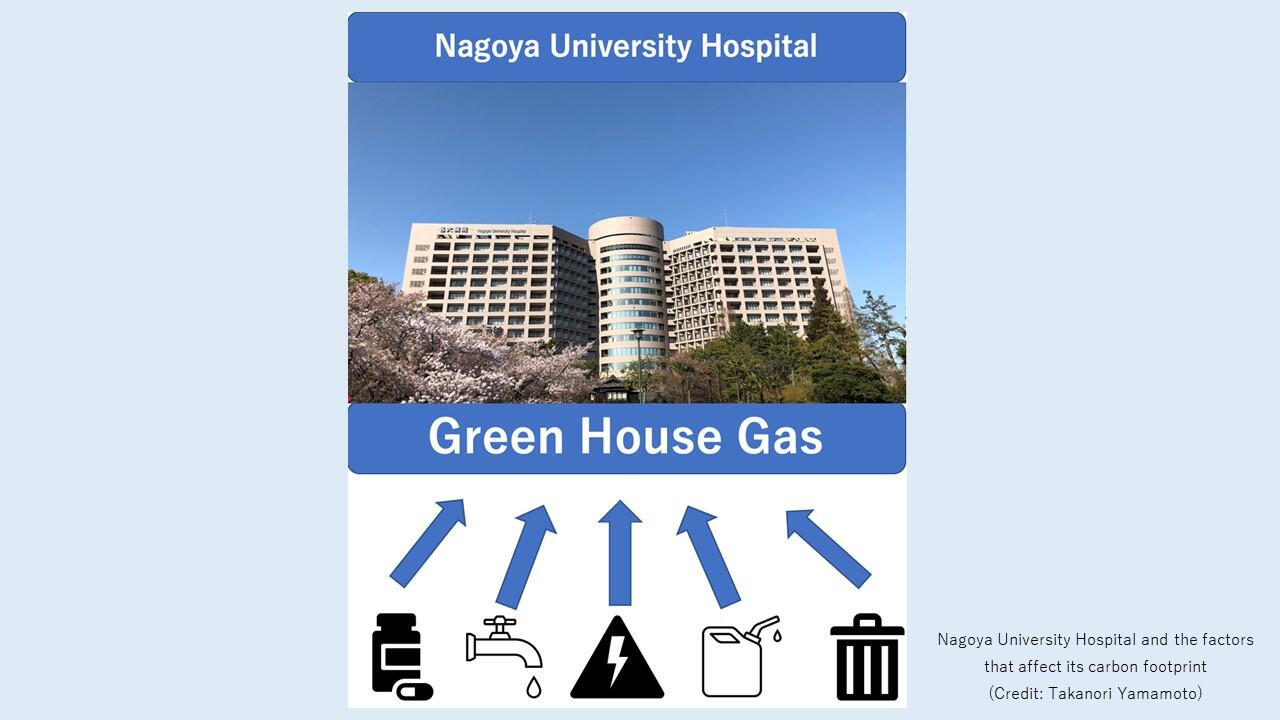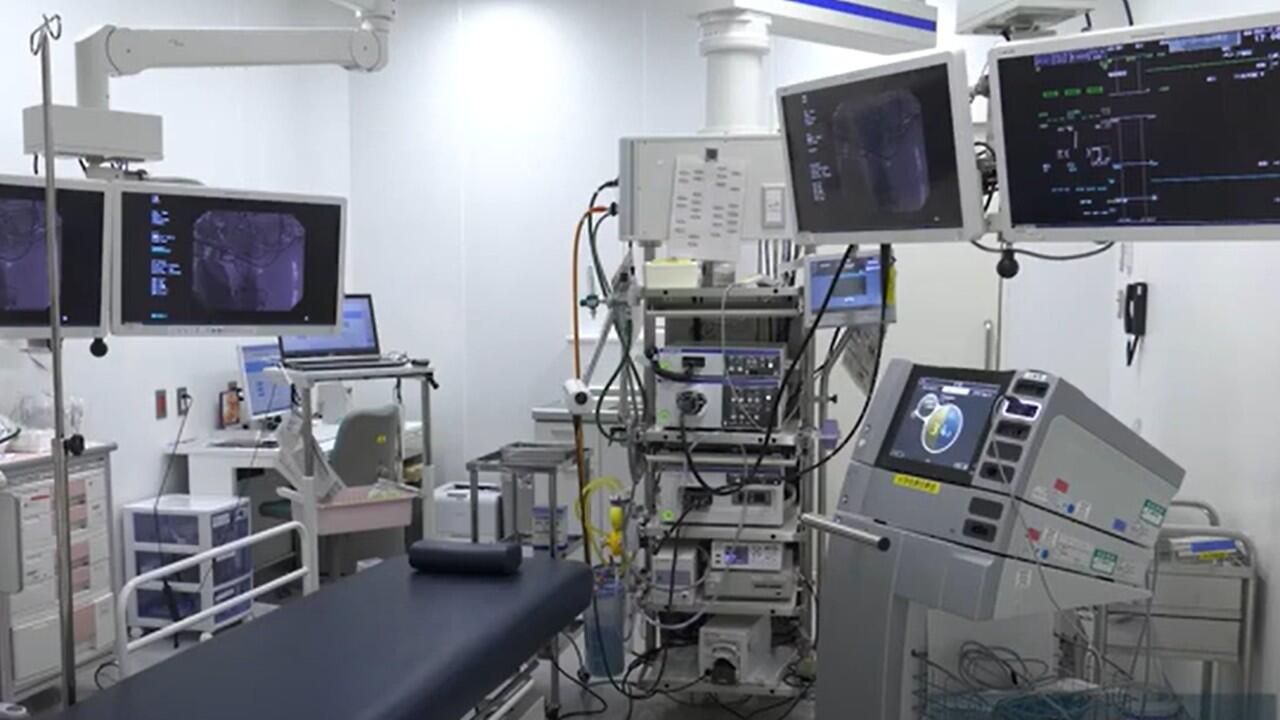
Biliary atresia affects newborns when bile ducts become blocked, leading to liver damage that often requires transplants—a new study evaluates an alternative to traditional open surgery.
Nagoya University researchers and their collaborators have found that minimally invasive laparoscopic surgery significantly reduces blood loss and improves jaundice recovery compared to traditional open surgery for treating biliary atresia—a serious liver condition in newborns. The study, published in Hepatobiliary Surgery and Nutrition, also found that high-dose steroid therapy after surgery does not necessarily improve outcomes for treating this condition.
Biliary atresia affects 1 in 15,000 newborns and is the leading cause of liver transplants in children. It occurs when bile ducts become blocked or do not develop properly, which prevents effective liver function and leads to progressive damage. What causes this blockage is unknown, and surgery is usually performed within the first two to three months of birth when the condition is diagnosed.

Traditional surgery involves a large abdominal incision for direct access and has been the proven standard treatment for decades. The newer laparoscopic method uses several small incisions and a small camera to guide the surgery, offering benefits such as less tissue damage and smaller incisions. Both methods create new pathways for bile to flow from the liver when bile ducts are blocked by biliary atresia.
Researchers analyzed data from 356 children who had surgery at about two months old, tracking their outcomes for an average of 13 years. Results showed that laparoscopic surgery reduced blood loss by 68%. Additionally, more patients had their jaundice symptoms clear after laparoscopic surgery (81%) compared to open surgery (64%). Jaundice, the yellow discoloration of skin and eyes, is caused by the accumulation of bilirubin, a waste product that the liver normally removes from the body.
Patients who did not recover from jaundice after surgery typically received additional steroid therapy, resulting in higher doses for children who were not responding well to treatment. Drawing from 22 years of data, the researchers found that children receiving post-surgery steroid therapy above 90 mg/kg were 70% more likely to need a liver transplant.
“Steroid therapy is commonly used as post-operative care in many pediatric centers worldwide to reduce inflammation and help the liver produce bile, though protocols vary significantly between institutions,” lead author Dr. Yoichi Nakagawa from the Graduate School of Medicine at Nagoya University explained. “Our findings suggest that while steroid therapy itself may provide certain benefits, increasing the dose beyond a certain point does not necessarily improve outcomes.”

Fifty percent of children who undergo surgery for biliary atresia will eventually need a liver transplant despite the procedure. Therefore, surgery is not a cure but rather a treatment that can delay the need for a transplant and allow children to keep their own liver for as long as possible. Although laparoscopic surgery takes about an hour longer, hospital stays and long-term liver survival remained the same for both types of surgery.
The study represents the most detailed long-term analysis of surgical methods for this disease. It resolves uncertainty about laparoscopic surgery’s long-term effectiveness, confirming that patients get the benefits of minimally invasive surgery—less blood loss, better jaundice clearance, and smaller incisions—without compromising success rates.
Paper information:
Yoichi Nakagawa, Yudai Tsuruno, Fanny Yeung, Masahiro Takeda, Akihiro Yasui, Toshio Harumatsu, Patrick Chung, Junya Ishii, Hiroo Uchida, Satoshi Ieiri, Kenneth Wong, Hiroyuki Koga. (2025) Impact of laparoscopic Kasai portoenterostomy on long-term native liver survival in patients with biliary atresia: A multicentre propensity score-matched study, Hepatobiliary Surgery and Nutrition. https://doi.org/10.21037/hbsn-2025-143.
Expert Contact:
Yoichi Nakagawa
Graduate School of Medicine
Nagoya University
Email: nakagawa.yoichi.e7@f.mail.nagoya-u.ac.jp
Media Contact:
Merle Naidoo
International Communications Office
Nagoya University
Email: icomm_research@t.mail.nagoya-u.ac.jp
Top image:
Pediatric surgery ward at Nagoya University Hospital, where laparoscopic surgery for biliary atresia is performed. Credit: Merle Naidoo, Nagoya University







